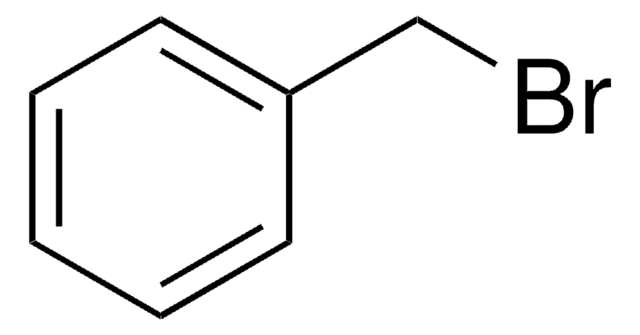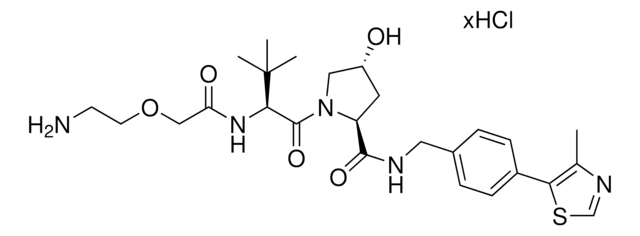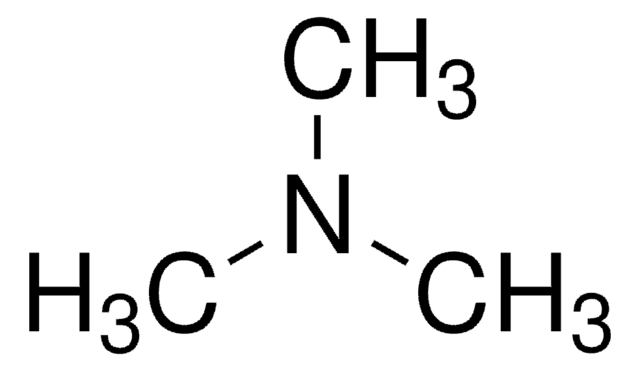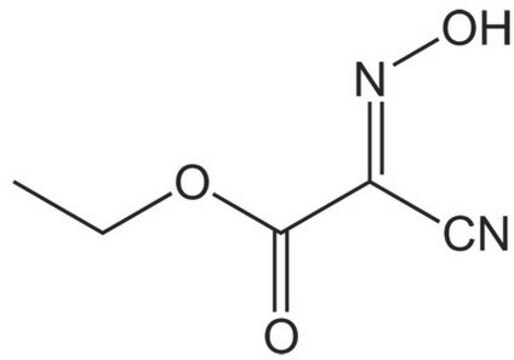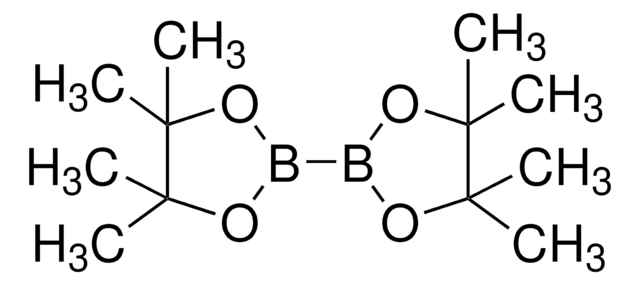901609
Diisopropylcarbodiimide solution
1 M in dichloromethane
Sinónimos:
Diisopropylmethanediimine
About This Item
Productos recomendados
form
liquid
reaction suitability
reaction type: Coupling Reactions
concentration
1 M in dichloromethane
refractive index
n/D 1.4251
density
1.2231
application(s)
peptide synthesis
InChI
1S/C7H14N2/c1-6(2)8-5-9-7(3)4/h6-7H,1-4H3
InChI key
BDNKZNFMNDZQMI-UHFFFAOYSA-N
¿Está buscando productos similares? Visita Guía de comparación de productos
General description
Application
- Alternative to dicyclohexylcarbodiimide in peptide synthesis.
- Coupling reagent for peptide syntheses.
- DIC (N,N′-Diisopropylcarbodiimide) has been used in combination with 1-hydroxy-7-azabenzotriazole (HOAt) for the coupling of amino acid with N-allylglycine to form N-allylpeptide.
related product
signalword
Danger
Hazard Classifications
Acute Tox. 2 Inhalation - Carc. 2 - Eye Dam. 1 - Flam. Liq. 3 - Resp. Sens. 1 - Skin Irrit. 2 - Skin Sens. 1 - STOT SE 3
target_organs
Central nervous system
Storage Class
3 - Flammable liquids
wgk_germany
WGK 3
flash_point_f
91.4 °F
flash_point_c
33 °C
Elija entre una de las versiones más recientes:
Certificados de análisis (COA)
¿No ve la versión correcta?
Si necesita una versión concreta, puede buscar un certificado específico por el número de lote.
¿Ya tiene este producto?
Encuentre la documentación para los productos que ha comprado recientemente en la Biblioteca de documentos.
Nuestro equipo de científicos tiene experiencia en todas las áreas de investigación: Ciencias de la vida, Ciencia de los materiales, Síntesis química, Cromatografía, Analítica y muchas otras.
Póngase en contacto con el Servicio técnico

